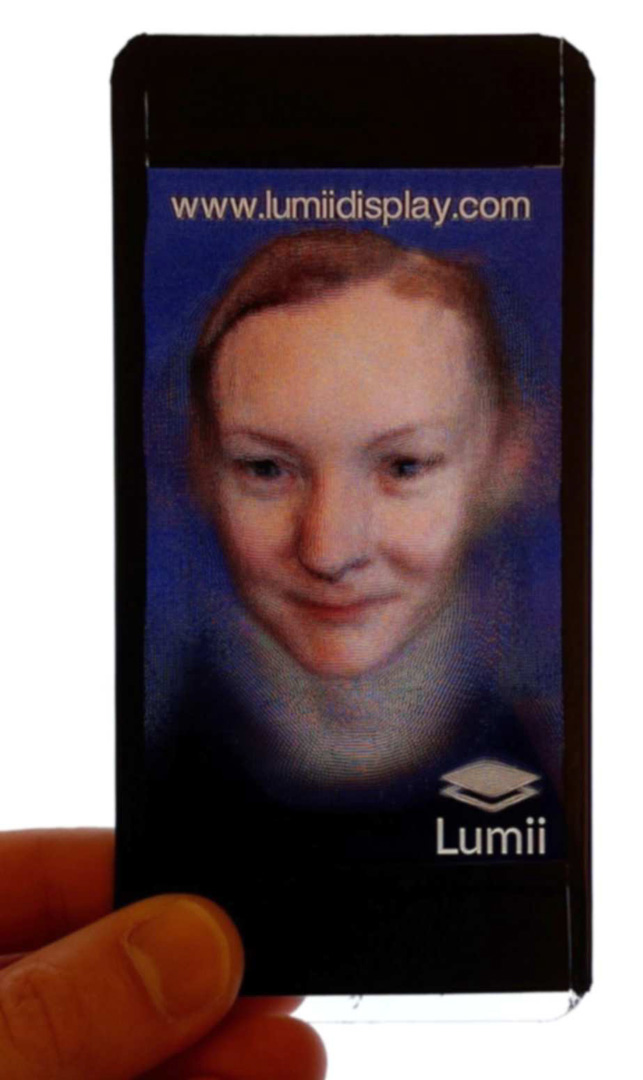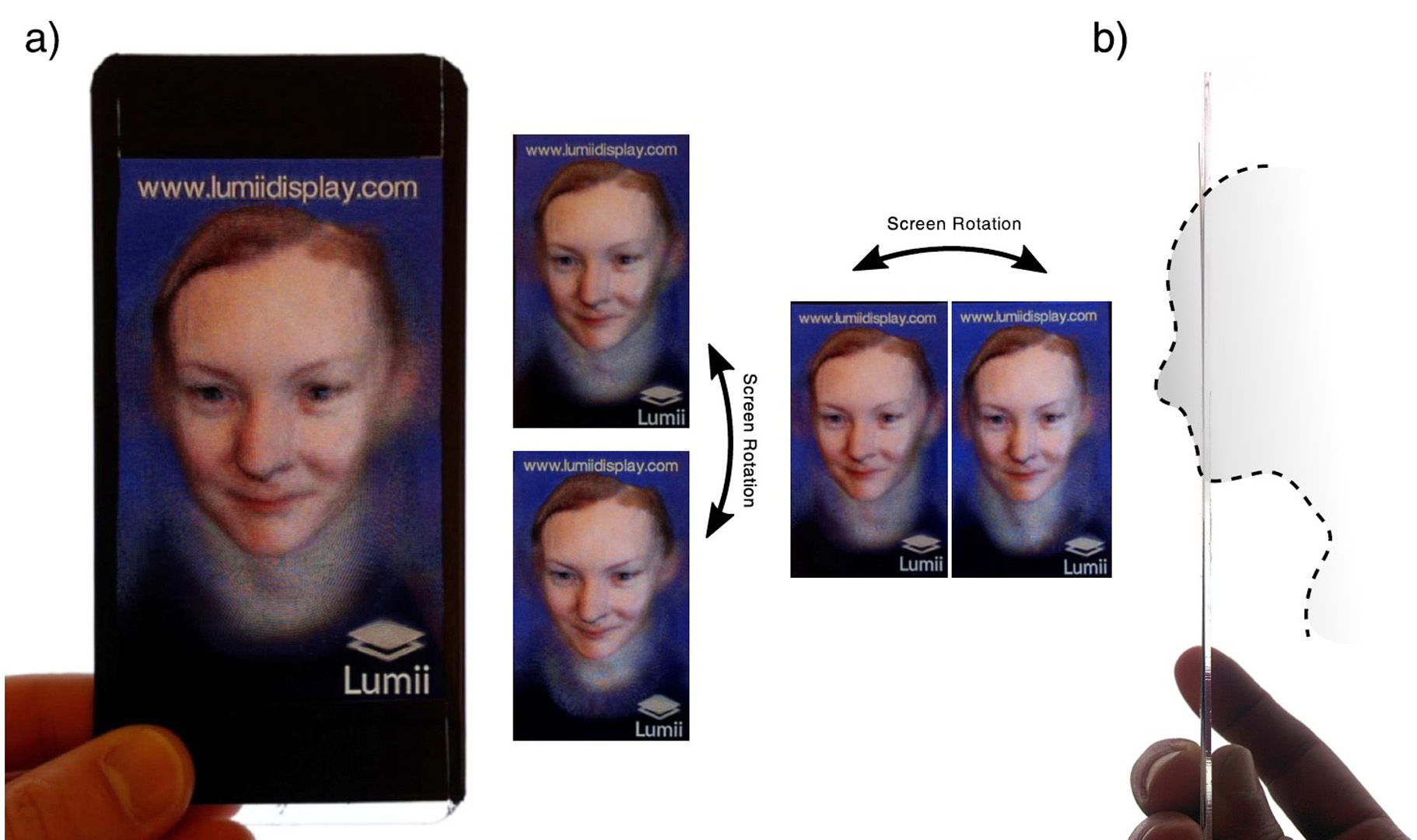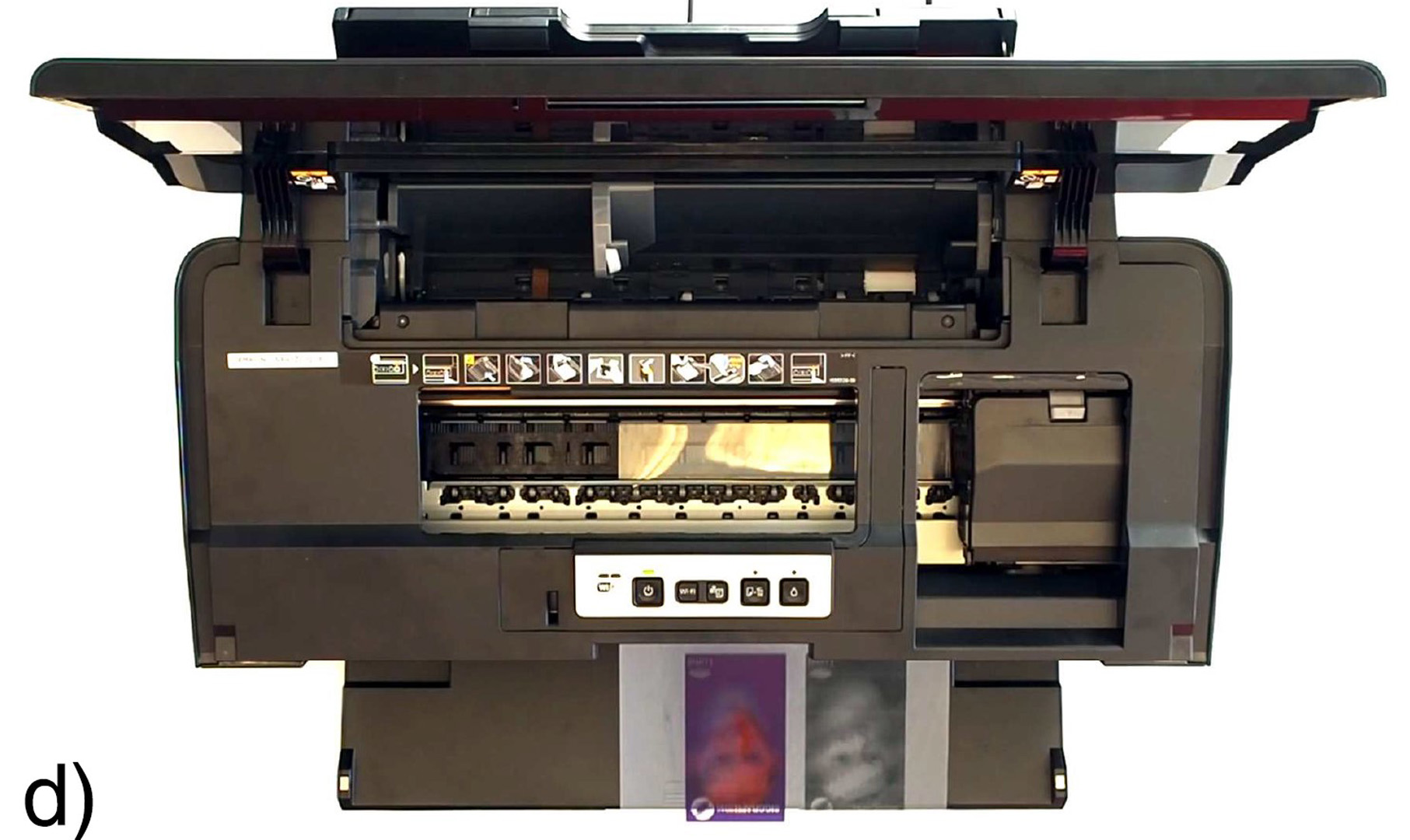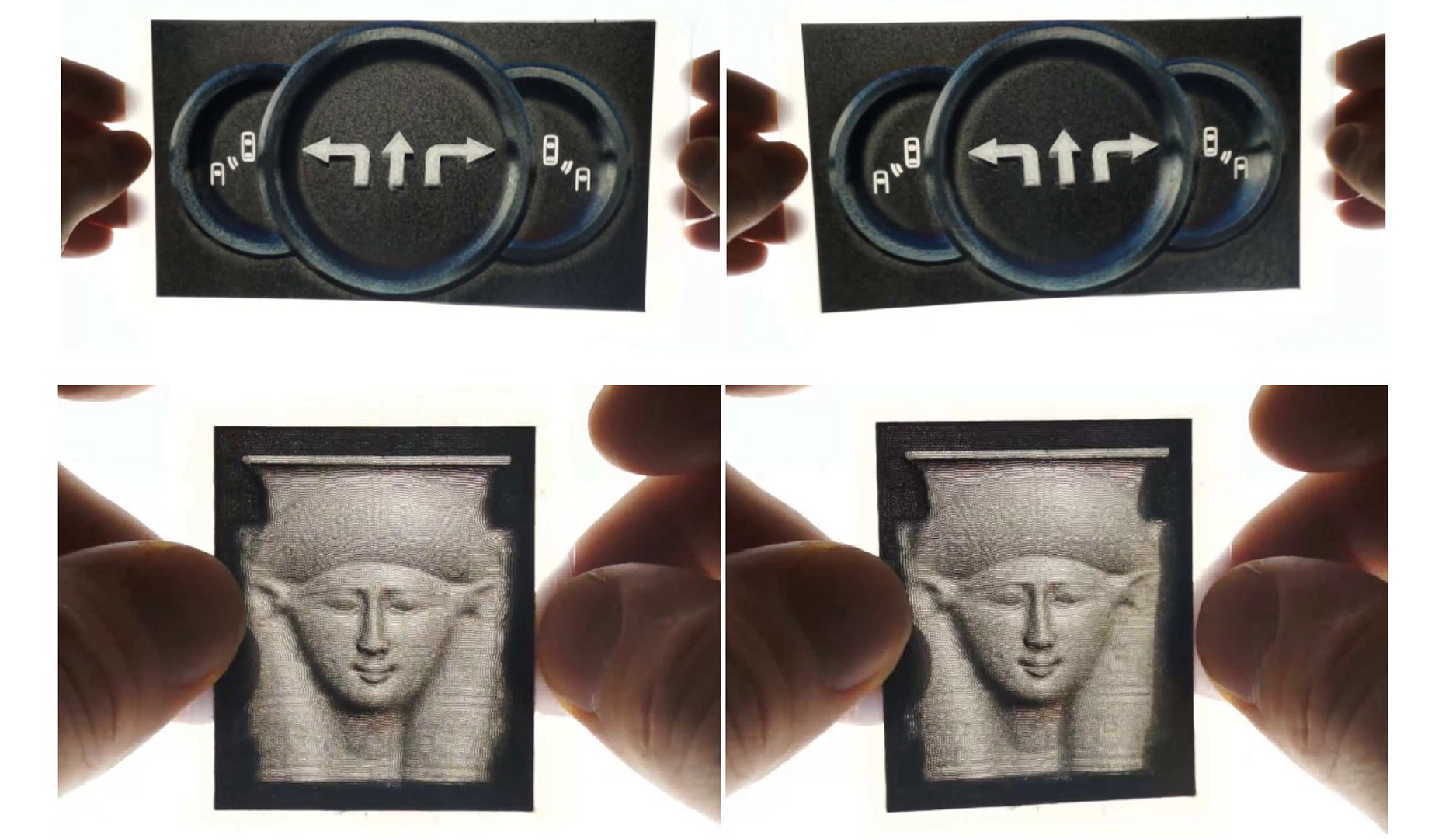“Lumii: DIY Light Field Prints” by Hirsch, Leithinger and Baran
Conference:
Experience Type(s):
Title:
- Lumii: DIY Light Field Prints
Organizer(s)/Presenter(s):
Description:
In this emerging technology demonstration, we show that computational display methods can be used to create hologram-like 3D images on thin, printed surfaces using standard inkjet processes. Participants will receive a light field print of their own 3D-scanned face, created on-site using an inkjet printer. The computed patterns used in creating the print will also be made available to attendees, who will be able to create additional copies at home. The demonstration uses methods that represent a major step forward in the lineage of results presented previously at SIGGRAPH regarding the close integration of light field displays and optimization methods, which have previously been shown to outperform holograms as well as lens-based discretized light field displays in complexity and cost. The enabling innovation behind the demonstration is an improvement in both resolution and pop-out-to-thickness ratio, which allows for printed light field display surfaces that are a fraction of the thickness of the virtual image being displayed.










